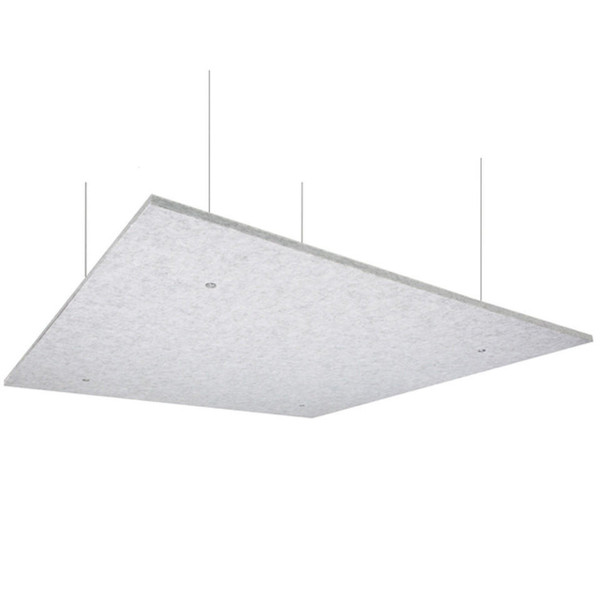Most people notice bad acoustics long before they think about what causes them. Echoes, hard surfaces, and overlapping voices can make even the best-designed offices, classrooms, or meeting rooms feel busy and tiring.
The good news is that fixing these problems doesn’t require major construction or specialist installers. A few strategically placed acoustic panels can transform how a room sounds — and feels.
Why Echo Happens
Echo and reverberation occur when sound bounces off hard materials such as glass, concrete, or polished floors. Those reflections overlap and blur speech, forcing people to talk louder and making it harder to focus.
Acoustic panels absorb part of that reflected energy, reducing the amount of sound that bounces around a space. Less reflection means clearer conversations, less fatigue, and a calmer overall atmosphere.
Understanding NRC
The performance of any acoustic material is measured using the Noise Reduction Coefficient (NRC) — a scale from 0 to 1 that indicates how much sound the material absorbs.
- 0.0 = completely reflective (like concrete or glass).
- 1.0 = fully absorptive (like an open window).
Most offices, classrooms, and healthcare spaces perform best around NRC 0.6, which strikes a balance between reducing echo and keeping a room’s sound natural and lively.
Affordable Acoustic Improvements
Traditional acoustic upgrades often involve building consent, fixed wall linings, or custom ceiling systems — all of which add cost and disruption. DIY-friendly acoustic panels make it possible to achieve the same acoustic benefits at a fraction of the price.
Panels can be mounted directly to walls or suspended from ceilings using basic hardware, without tradespeople or permanent alterations. This approach suits offices, schools, and community spaces that want measurable improvement without the downtime of a fit-out project.
Where to Place Panels
You don’t need to cover every surface. Focus on the areas where sound reflects most strongly:
- Walls: Mount panels at or near ear height to break up direct reflections.
- Ceilings: Use suspended panels or baffles in large open rooms where sound builds overhead.
- Corners or corridors: Treat reflective junctions to smooth transitions between spaces.
As a rule of thumb, 20–25 percent wall coverage is enough to notice a significant reduction in echo.
Balancing Function and Design
Acoustic treatment can complement your interior aesthetic rather than compete with it. Modern panels are available in neutral or accent colours, with clean edges and simple forms that suit contemporary workplaces and classrooms.
An Example: SoundSorb by Versare NZ
Versare NZ’s SoundSorb panels demonstrate how accessible acoustic improvement can be. Made from 50 percent recycled PET plastic and rated at NRC 0.6, they absorb about 60 percent of reflected sound energy. Lightweight, durable, and safe for indoor use, they’re designed for easy installation — ideal for schools and workplaces wanting a do-it-yourself option to manage noise sustainably.
Final Thought
Improving acoustics isn’t about silence; it’s about clarity and comfort. With a little understanding of how sound behaves — and a few well-placed, cost-effective panels — any office or classroom can become a calmer, more productive place to work and learn.
 New Zealand Dollar
New Zealand Dollar

